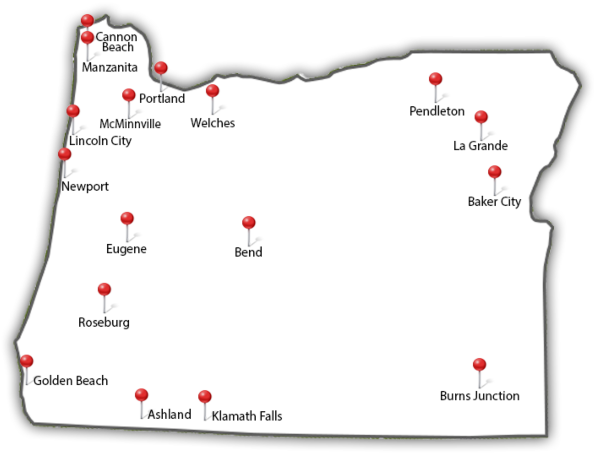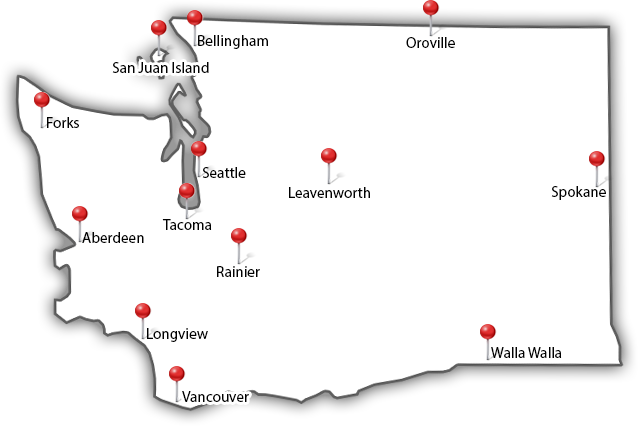How to Care For a Young Tree
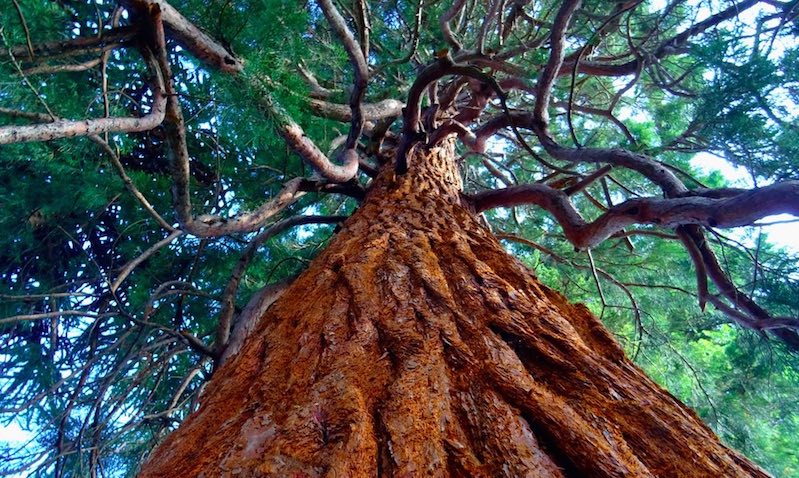
Do you have a small tree in your Portland yard? Maybe you had a fruit tree planted after moving into your new home, or you’ve had a few new trees planted to reduce erosion. Whatever the reason, if you have a young tree in your yard it needs a little TLC and special attention to thrive.
In today’s post, we’ll talk about how to care for a young tree in your Portland yard. We’ll also share the biggest mistakes homeowners make when caring for smaller trees.
Planning on planting? Read this first.
If you’re thinking about planting a young tree in your yard, there’s a lot to consider. Take a look at these recent articles written by our tree care experts to help you get started.
- What tree should you plant? Learn the types of trees that will thrive in the Portland area, including fruit trees, shade trees, and more!
- Why do trees die? Read about the most common causes of tree death in Pacific Northwest and how you can avoid them.
- How to spot tree damage & disease. Learn to spot fungus and other causes of tree damage and disease.
- Expert tree care tips every Portland homeowner should know. Help your trees thrive and you’ll be able to enjoy them for years!
- Make trees part of your landscaped yard. Learn the importance of thoughtfully planning and landscaping your outdoor space, including the trees you plant.
What comes next?
Once a tree is planted, proper care during the first 5 years of its life is critical. During this time, you need to monitor your young tree to make sure it’s:
- Getting enough (but not too much) water
- Safe from damage by bugs or weather
- Receiving the nutrients it needs and isn’t competing with other plants
- Pruned and trimmed regularly
Need help with a young tree? We’re here to help.
Read more about our tree services and meet our team of certified arborists and tree experts.
Water
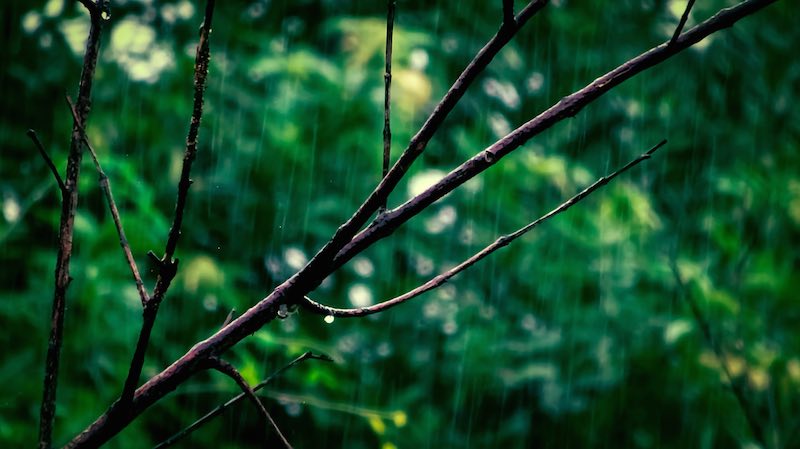
Is your tree getting enough water or too much? Either extreme can be harmful. Here’s what you need to know about watering young trees:
- Your sprinklers aren’t enough. Young trees need to develop deep roots for stability and long-term health. Lawn sprinklers don’t provide enough water and encourage the growth of roots near the surface. Depending on the time of year, you may need to supplement your tree’s water supply.
- Monitor soil moisture. The soil around your tree should be damp, but not sopping wet. Dig down about 6”. The amount of moisture at the very surface of the soil is less crucial.
- Add mulch. Mulching near a young tree (leave an open space of 6-8” from base of the trunk) can help conserve water.
- Water deeply. “Deep watering” young trees is the best way to deliver water where your trees need it most. Focus on watering slowly, allowing a smaller amount of water to soak deeply into the soil.
Winter, spring & fall
During the Portland area’s rainy months, your young trees will likely get enough water naturally. However, if it’s really rainy, watch out for standing puddles of water near the base of the tree. If you see puddles of standing water, get your trees inspected! There may also be drainage issues in your yard that need to be addressed.
This is the most common sign of a tree that’s getting too much water!
Summer
Most summers, the Portland area is very dry and your tree will need extra water. Be on the lookout for these signs your tree isn’t getting enough water:
- Yellowed or curling leaves
- Leaves that drop before fall
- Soil that’s extremely dry and dusty
Weeds, plants, pests, and people
Don’t overlook other threats to your trees! Young trees don’t have the same defenses as mature trees and are more susceptible to damage from a variety of sources.
It’s very important to keep weeds away from the base of younger trees. Plants (even grass from your lawn) will compete with your tree for nutrients and water. Keeping the area around your tree clear of any weeds or plants is crucial for a healthy young tree.
Manual weeding and mulching are the best ways to keep weeds and plants from encroaching on a growing tree. Avoid the use of herbicides or pesticides as these can contain toxins that’ll damage a young tree.
Pests can be especially damaging to smaller trees. Infestations can take hold easier and do more damage. Watch for signs of insects like aphids, beetles, and ants so you can take action before it’s too late!
People are a big threat to growing trees, too! Maturing trees have softer bark and are more susceptible to damage from lawn mowers and weed eaters. Even a little damage to the bark of a young tree can hurt its ability to grow and remain healthy.
Weather
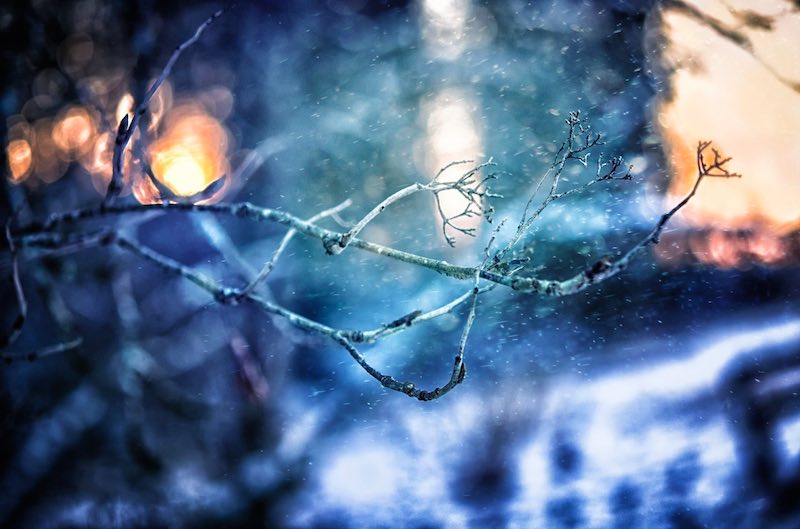
Strong winds are especially dangerous to young trees. Their root systems are not fully developed and they may be more likely to fall or be pulled out of the ground during winter storms. Newly planted trees are also more likely to be damaged by frost and ice than older more established trees.
But believe it or not, ice can actually protect younger, smaller trees. During shorter cold spells, ice can act like a blanket, insulating the tree’s branches from colder ambient temperatures.
Sunscald
Sunscald happens during colder months when tree bark gets hot from the sun, and then rapidly freezes at night.
To prevent it:
- Wrap the trunk with a tree wrap or plastic tree guard
- Keep the wrap on the tree until early spring
- If your tree experiences sunscald damage (which appears as elongated, sunken, dried or cracked areas of bark), cut back the dead bark until you reach live tissue
Staking
During very windy weather, young trees with flexible trunks may benefit from staking. But don’t stake it too tightly. Your tree should still be able to sway freely without bending so far that it might pull out of the ground.
When to start trimming & pruning
Young trees need to be pruned! It helps them to build a strong structure. If you wait too long to prune your trees, branches may become too heavy and deform the tree. When our tree experts prune and trim young trees, we focus on removing:
- Dead, diseased, or damaged branches
- Lower branches encouraging growth of the crown
- Crossing branches
- Multiple leaders, especially on evergreens
DON’T FORGET: If an older tree’s canopy is covering a newly planted tree it must be trimmed back. Young trees need plenty of sunlight to grow.
Questions about your young trees?
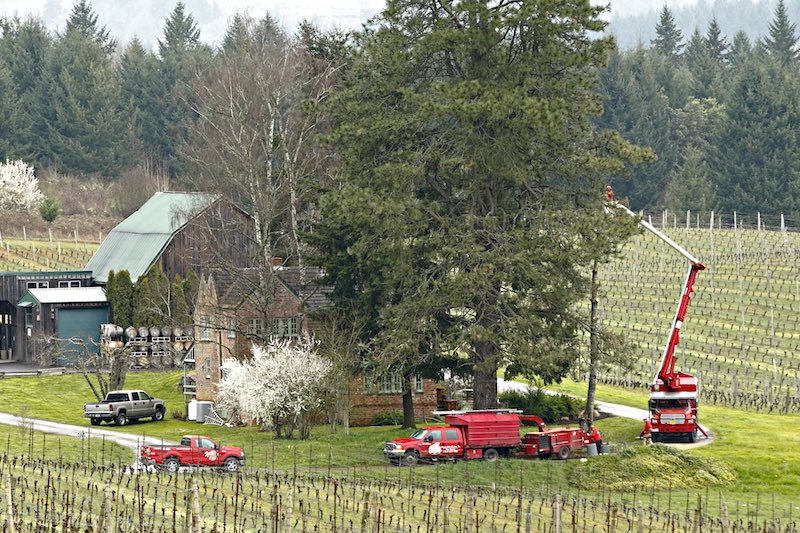
If you have young trees in your yard, we’d love to come out and take a look. Our certified arborists and tree experts can inspect your trees and suggest a pruning plan. We can also remove older trees and even help with the landscaping of your yard.
Call us today at (503) 538-8733 to learn more.
blog comments powered by Disqus






